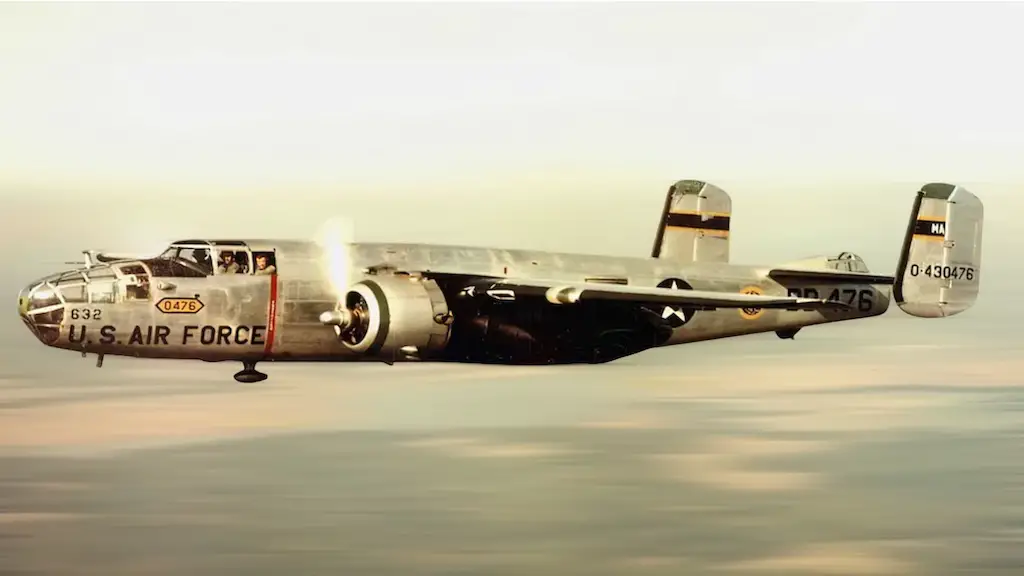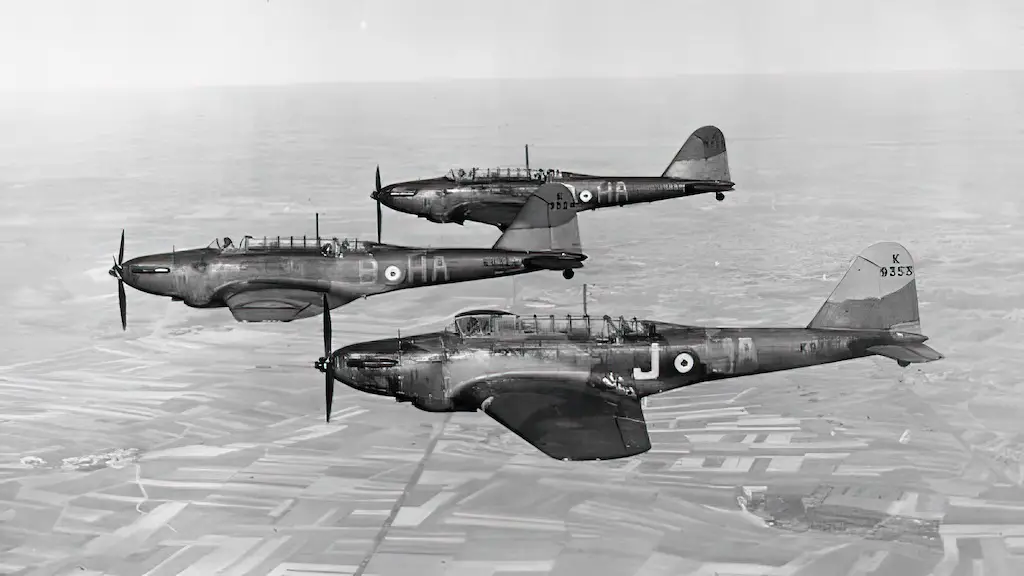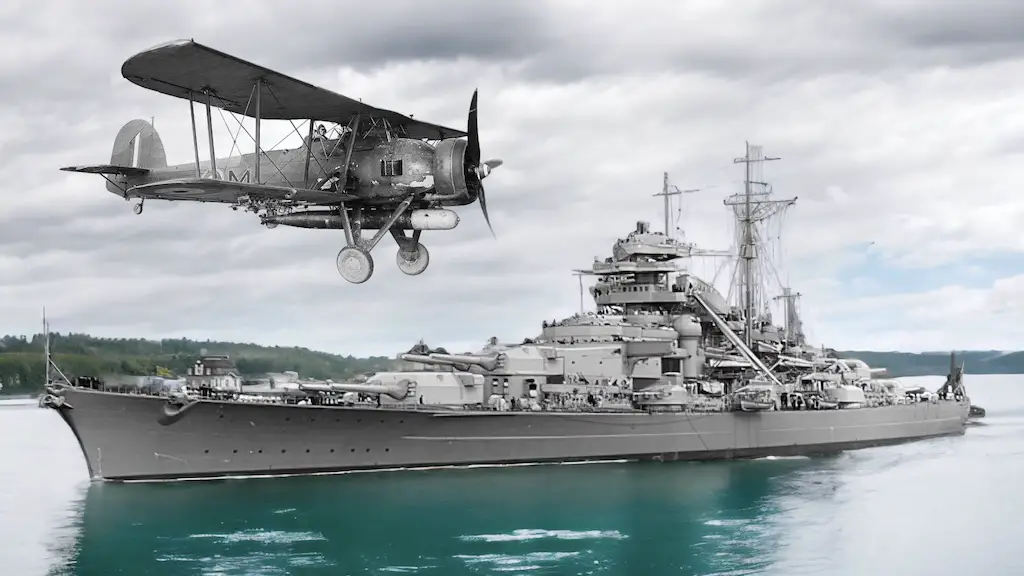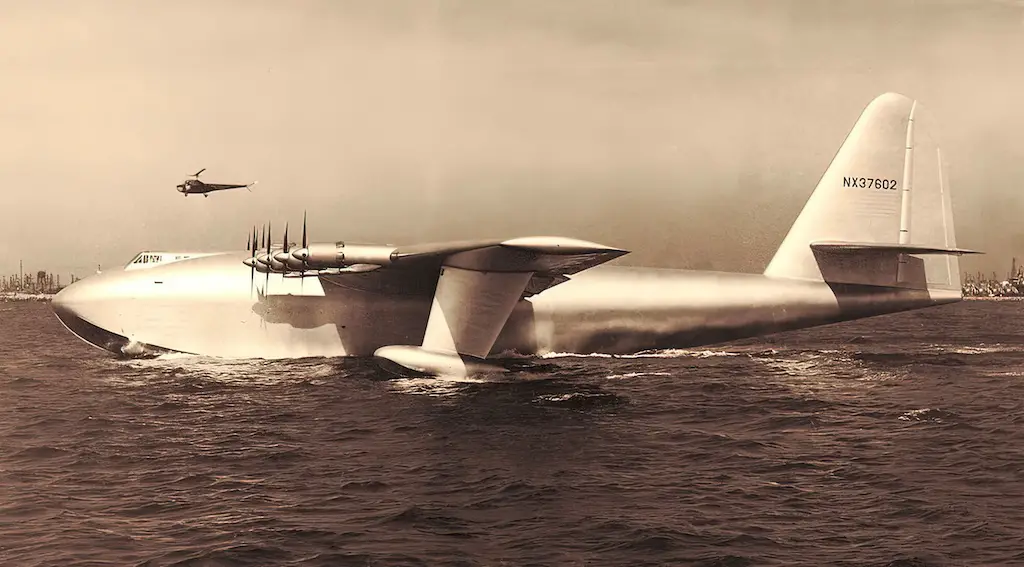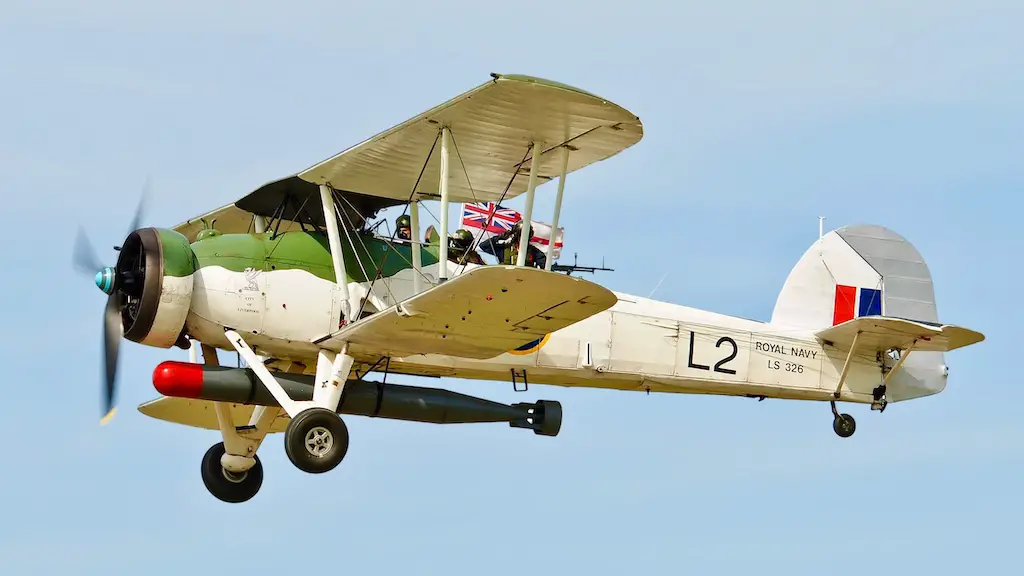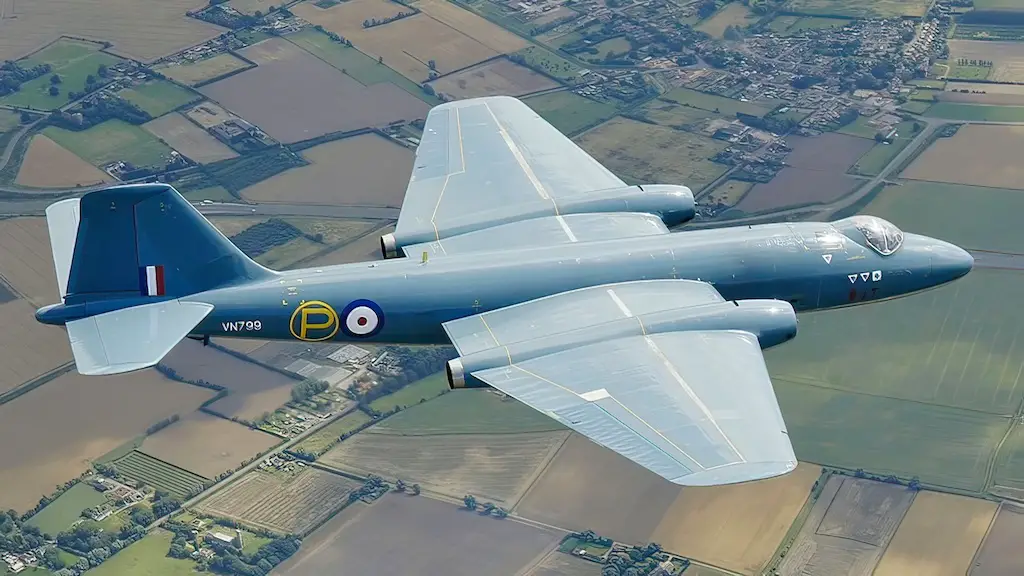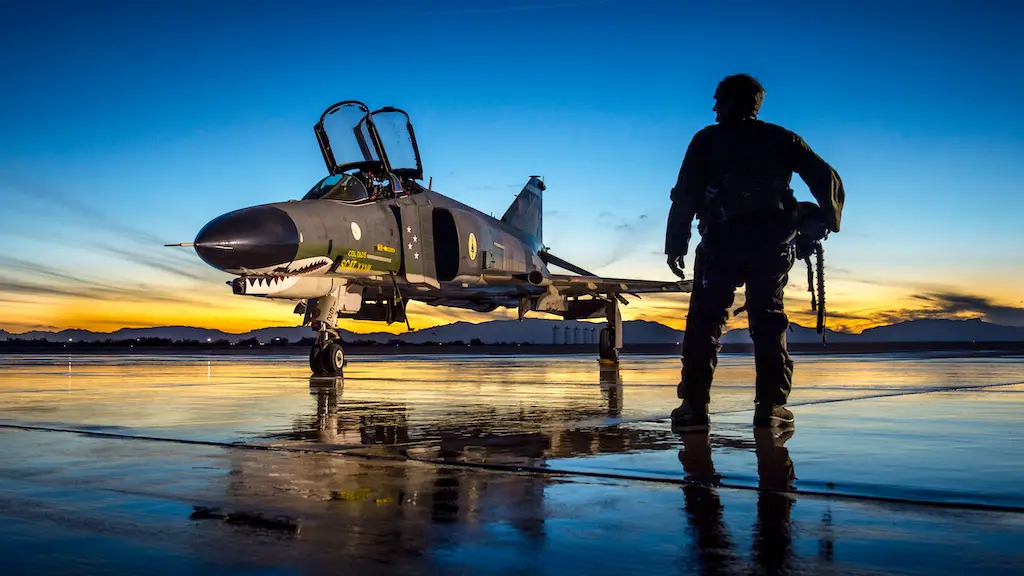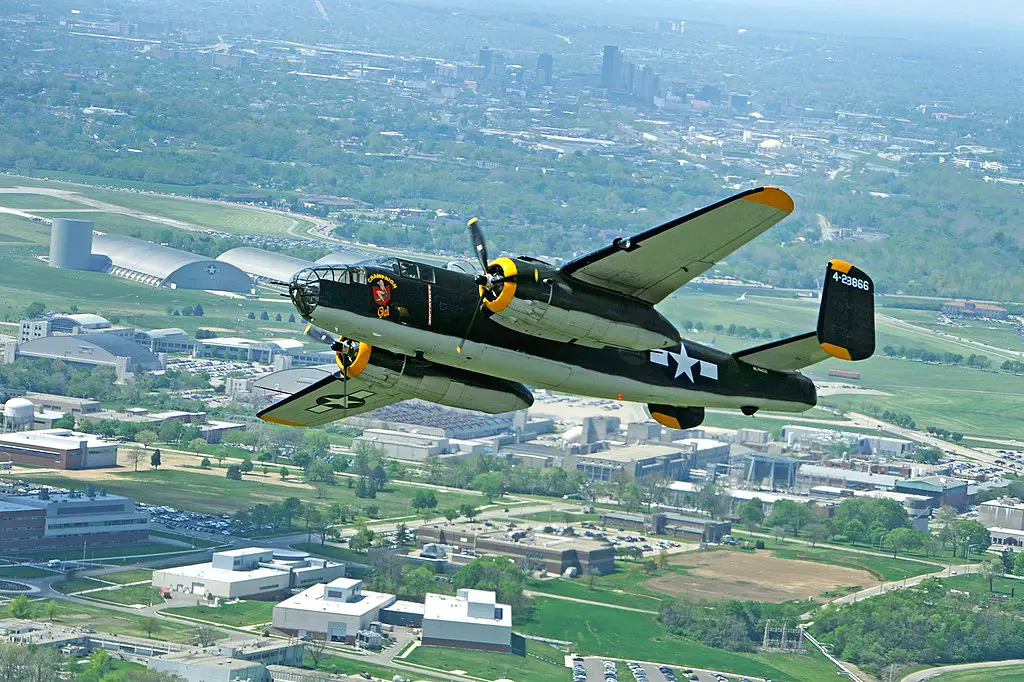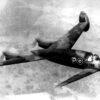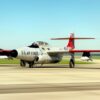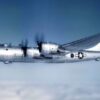Emergency landing
In January 1956, a US Air Force B-25 bomber made an emergency landing in the Monongahela river, which passes through Pittsburgh, Pennsylvania. It promptly disappeared without a trace. Attempts to locate the plane which was hardly taller than the maximum depth of the river all failed, leading locals to call the plane the “Ghost Bomber of the Monongahela.”
The crew consisted of three pilots: Major William Dotson, Captain Steve W. Tabak, and Captain John F. Jamieson when the TB-25 Mitchell aircraft took off from Nellis Air Force Base in Nevada. Accompanying them was Staff Sergeant Walter E. Soocey, aircraft crew chief; along with Captain J.P. Ingraham and Master Sergeant Alfred J. Alleman, who were both listed as passengers.
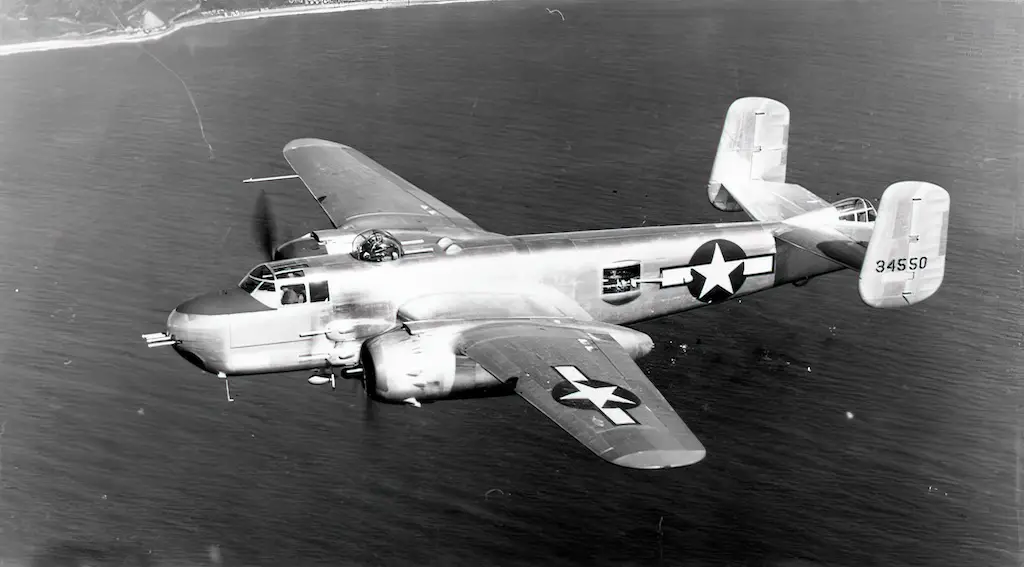
The Crash
The crew of the TB-25, the training variant of the B-25, was ordered to fly cross-country to pick up aircraft parts at the former Olmstead Air Force Base near Harrisburg, Pennsylvania, and to drop off the two passengers onboard at Andrews Air Force Base in the Washington, D.C. area.
Well into their flight path and after making several refuelling stops at different bases, they landed at Selfridge Air Force Base in Michigan. The crew, finding out it would take several hours to refuel, decided to fly on to Olmstead without refuelling.
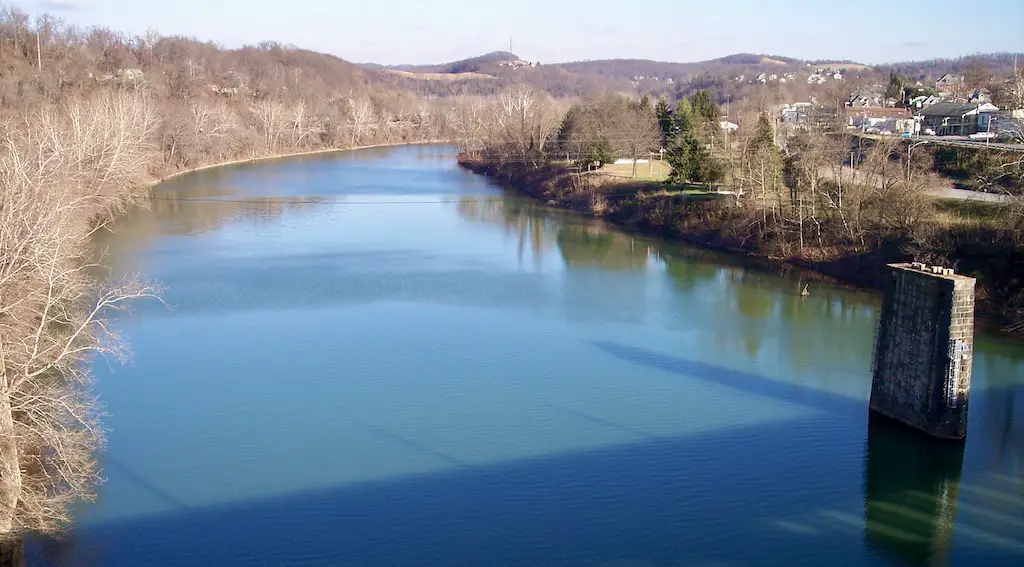
Unusual
The decision to press on with whatever fuel was left proved catastrophic. Thirty-one nautical miles east of the Pittsburgh International Airport, the crew noticed an “obvious and unusual” decrease in the amount of fuel in the plane’s tanks.
The TB-25N, its tanks dry, lost both engines at an altitude of 3,000 feet (914 metres) above the Monongahela River. The pilot in command, Major Dotson, put the aeroplane down so skillfully that it landed intact and without any serious injuries among those onboard.
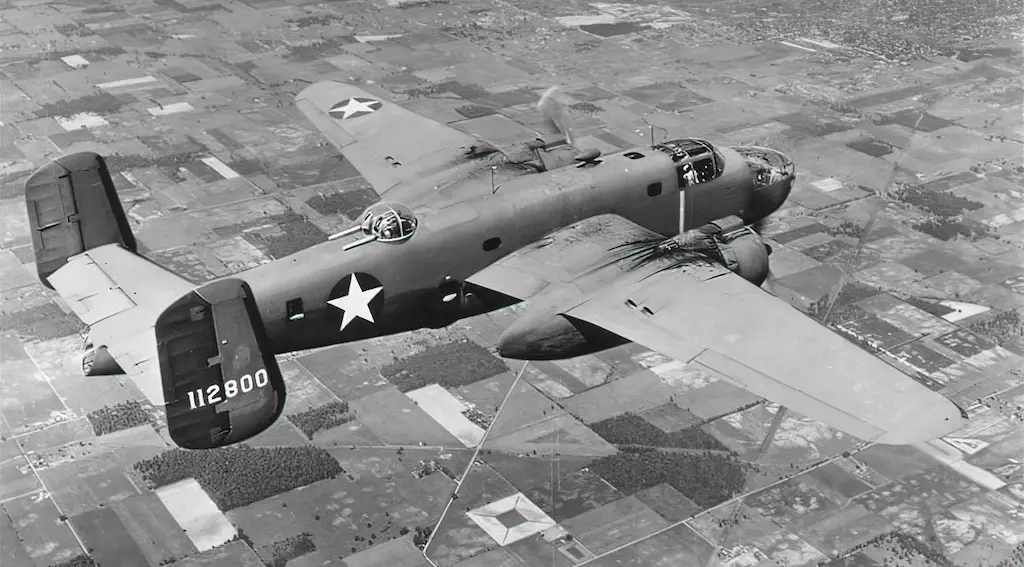
Freezing river
The six airmen were able to assemble on the top of the aircraft as it floated downstream. They were freezing and the river was 800 to 1,000 feet wide meaning any survivor was faced with a lengthy swim to shore, with the current running at a brisk eight to 10 knots.
The plane remained afloat for 15 to 20 minutes before it began to sink, whereupon the airmen were forced into the water. Four made it safely to shore and were rescued by civilian passersby and police, but two disappeared in the river.

Mystery
Authorities searched for two weeks, but the plane and missing crew were never seen again. Neither the Coast Guard nor the Army Corps of Engineers found anything; even when the latter swept the river 150 times. Over the following 66 years, the disappearance of the aircraft took on legendary proportions. How an aeroplane nearly 16 feet tall could disappear in a river with a maximum depth of 35 feet has entertained all kinds of suspicion.
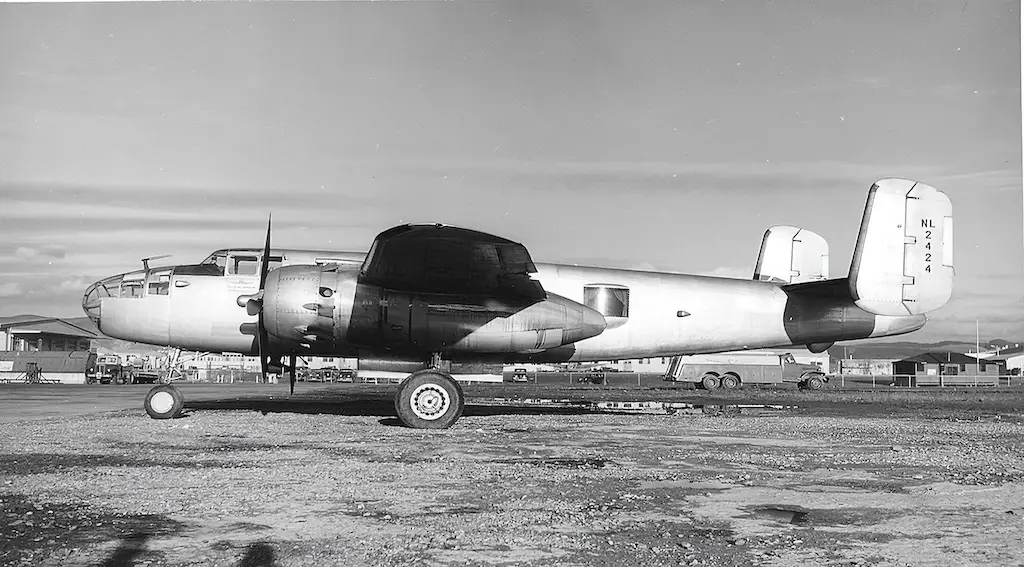
Conspiracy theories
The mystery has since sprung up with no shortage of conspiracy theories. Some locals insisted they saw the US military recover the aeroplane at night. Others believed a spare-parts run was too mundane for the scope of the disaster and asserted that the lost aircraft had been carrying either atomic weapons, nerve gas, mafia dirty money, or even extra-terrestrials.
Still, further rumours involved the reclusive industrialist and aviator Howard Hughes, or Las Vegas showgirls bound for Andrews Air Force Base. Yet another claimed that seven men had been pulled from the river instead of four, although an additional person does not exist in the crew log.
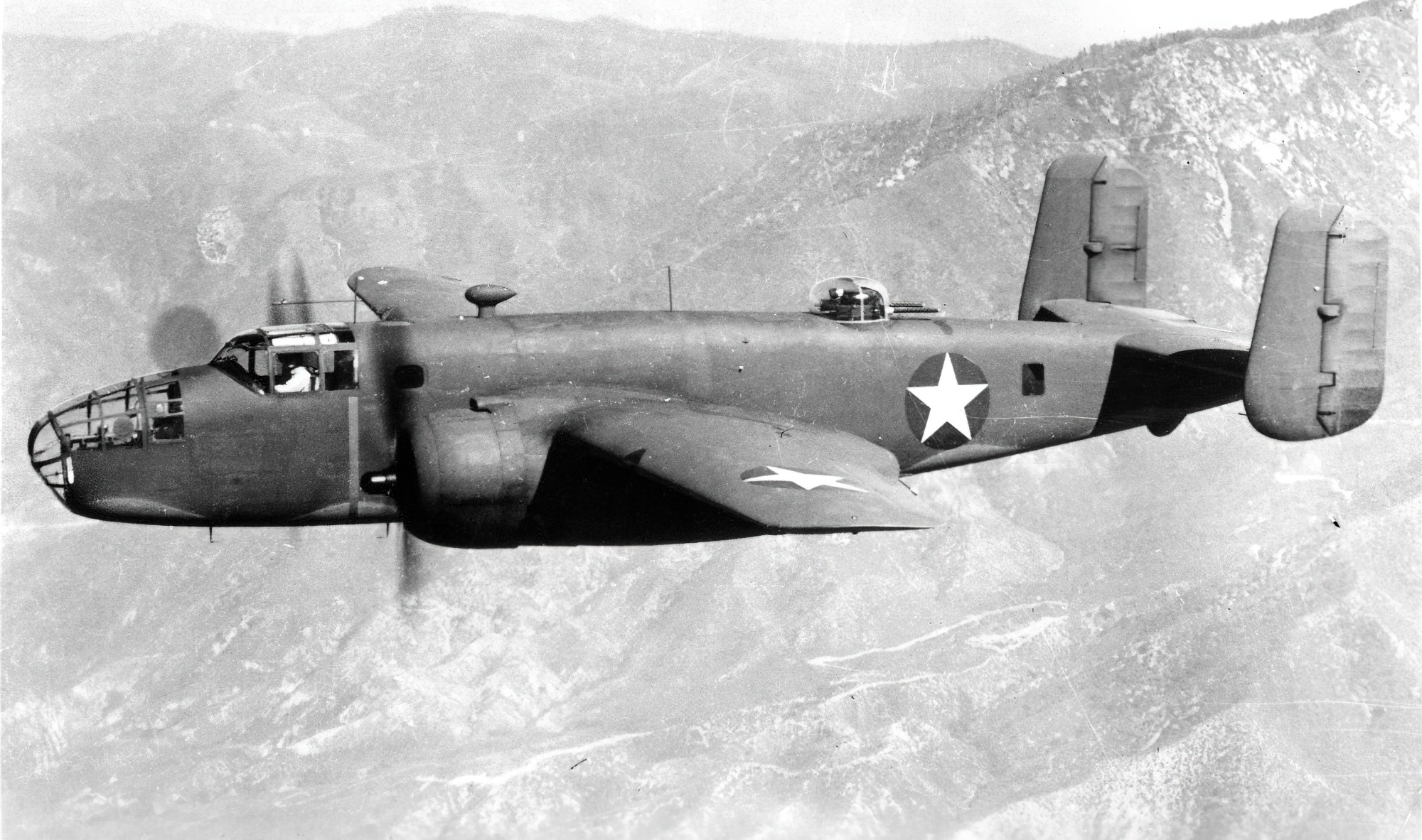
Private Duty
Over time, the Pentagon lost interest in recovering the plane as the searches were costing more than the actual plane and given that all of the crew members were verified exiting the TB-25, there were no human remains to recover. That left the search up to the general public. In the 1990s, a private organisation called the B-25 Recovery Group took up the task of locating the missing bomber.
Group members theorised in 1999 that the bomber was still in the Monongahela in an old gravel pit on the bank of the river. The B-25 Recovery Group believed the wreck was “buried approximately 150 feet off the left descending bank of the Mon, at mile point 4.9, at a place known to river men as Bird’s Landing.”
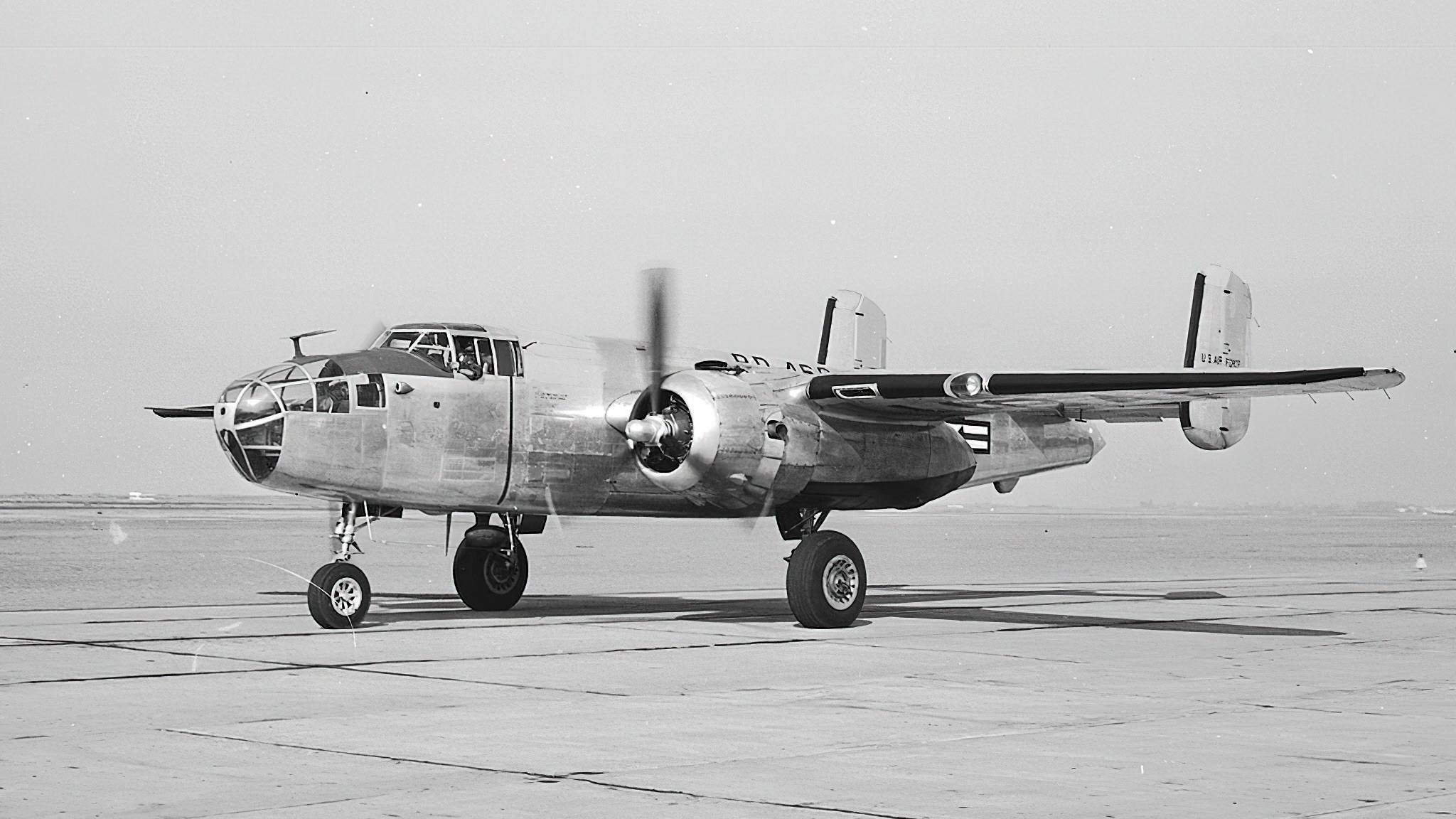
Search continues
In 2008, a search with sensors and underwater cameras located what group members thought was a three-bladed propeller and propeller hub, but divers were unable to locate the alleged wreckage.
Unlike most unexplainable phenomena, the Ghost Bomber of the Monongahela is based on a solid event and researchers believe they know exactly where the missing plane is. Finding it may just be a matter of securing the funding to further the search, which essentially means procuring a magnetometer and the boats to support scanning the river. The B-25 Recovery Group still solicits donations to fund its search for the missing plane.

